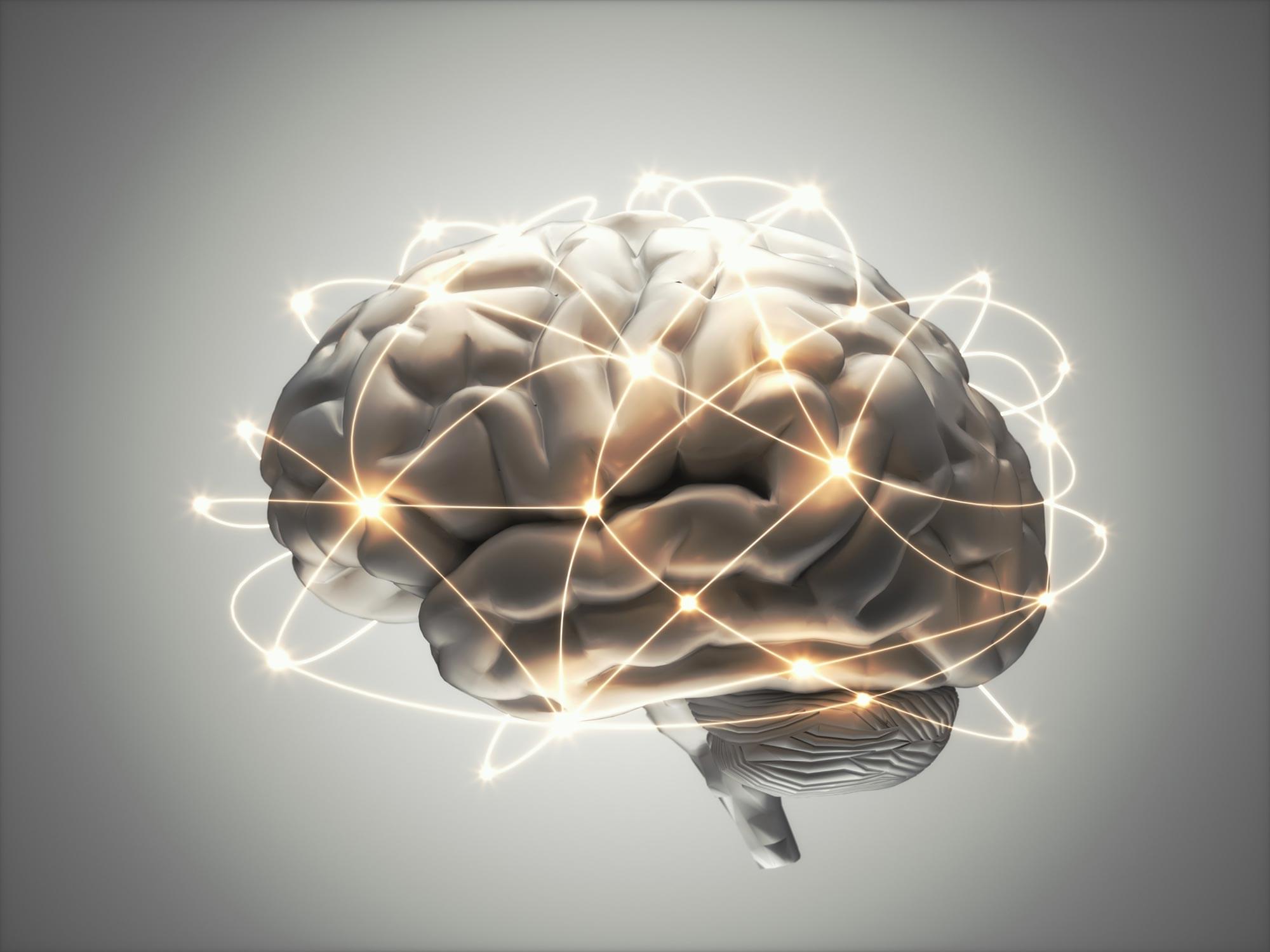Saying one thing while feeling another is part of being human, but bottling up emotions can have serious psychological consequences, such as anxiety or panic attacks. To help health care providers tell the difference, a team led by scientists at Penn State has created a stretchable, rechargeable sticker that can detect real emotions—by measuring things like skin temperature and heart rate—even when users put on a brave face.
The researchers recently unveiled the wearable patch that can simultaneously and accurately track multiple emotional signals in a study published in the journal Nano Letters.
“This is a new and improved way to understand our emotions by looking at multiple body signals at once,” said Huanyu “Larry” Cheng, the James L. Henderson, Jr. Memorial Associate Professor of Engineering Science and Mechanics at Penn State and lead author of the paper.






